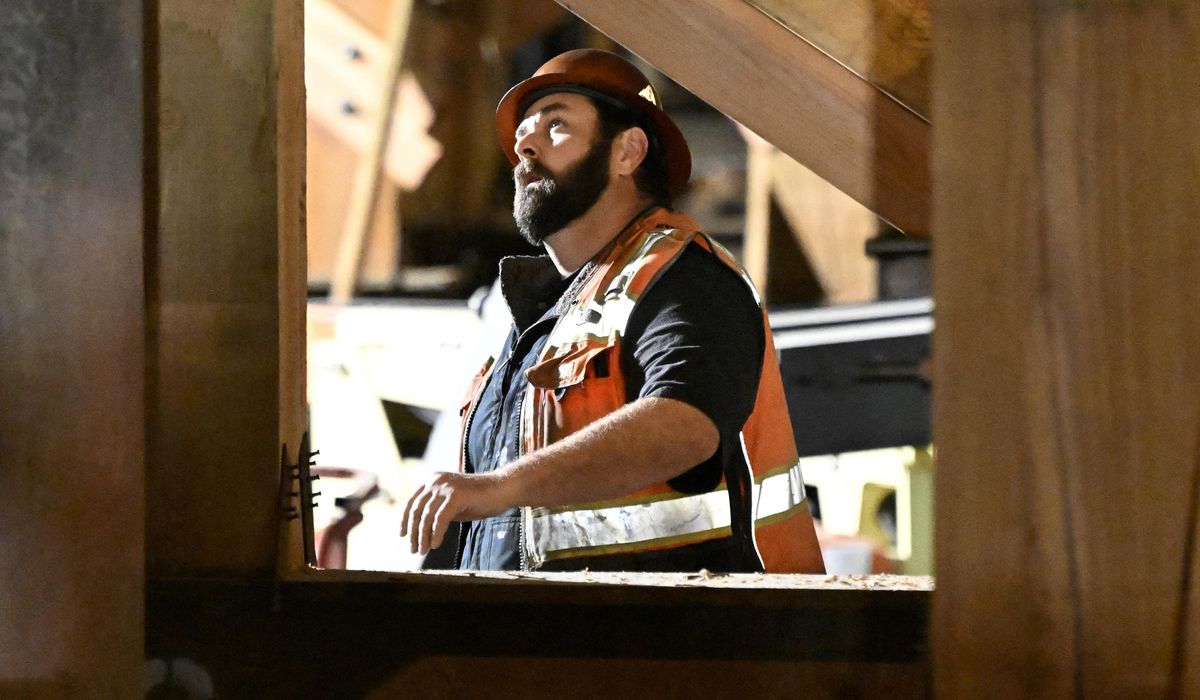


Higher education is contributing to a “great misalignment” between graduates and workforce needs by emphasizing four-year bachelor’s degrees over vocational training, according to a report released Wednesday.
Researchers at Georgetown University’s Center on Education and the Workforce compared the middle-skills credentials that 4,800 colleges, trade schools and cosmetology schools offered in 2020-21 with the nation’s projected job market through 2031. Middle-skills credentials include trade certifications and two-year degrees for blue-collar jobs, food service, sales, office support, science, technology and math.
The report found that in 283 out of 565 local labor markets, schools will need to convert at least half of middle-skills offerings from baccalaureate preparation to vocational training to satisfy anticipated labor needs in those fields. Of the 18.5 million annual job openings expected nationwide through 2031, it noted that 5.8 million won’t require four-year degrees.
“Roughly 30% of annual job openings through 2031 will go to workers with an associate’s degree, a certificate or some college credit but no degree,” said Jeff Strohl, director of the center and lead author of the report. “But the current distribution of certificates and associate’s degrees across programs of study differs significantly from the expected distribution of job openings for middle-skills workers.”
According to the report, more than 90% of certifications and associate degrees in the U.S. focus on liberal arts, general studies and humanities programs, with an eye toward graduates transferring into four-year degree programs.
The researchers found that 28% of those credentials “have no direct occupational” match to available jobs.
Additionally, they noted that just 42% of certificate and associate degree graduates “in liberal arts, general studies and humanities programs transfer to four-year institutions within six years.”
The researchers added, “Given the risk that they will not successfully transfer to a four-year program, graduates in fields with no direct connection to an occupation may experience particularly difficult transitions from school to work.”
According to the report, low-income and minority graduates in rural areas are most affected by the growing disconnect between their credentials and the needs of employers.
While urban areas averaged 26 schools offering certificates and two-year degrees in 2020-21, rural areas had only two. The researchers said that translated into stronger competition and collaboration among city colleges, helping them better serve their local job markets.
But cities in some parts of the country proved better than others at training students for available jobs.
For example, 36% of certifications and two-year degrees in Los Angeles had no connection to labor market needs compared with just 18% of the same credentials in Atlanta.
The report found that this disconnect contributed to Los Angeles being 70% more “misaligned” with the booming blue-collar job market than Atlanta.
• Sean Salai can be reached at ssalai@washingtontimes.com.
